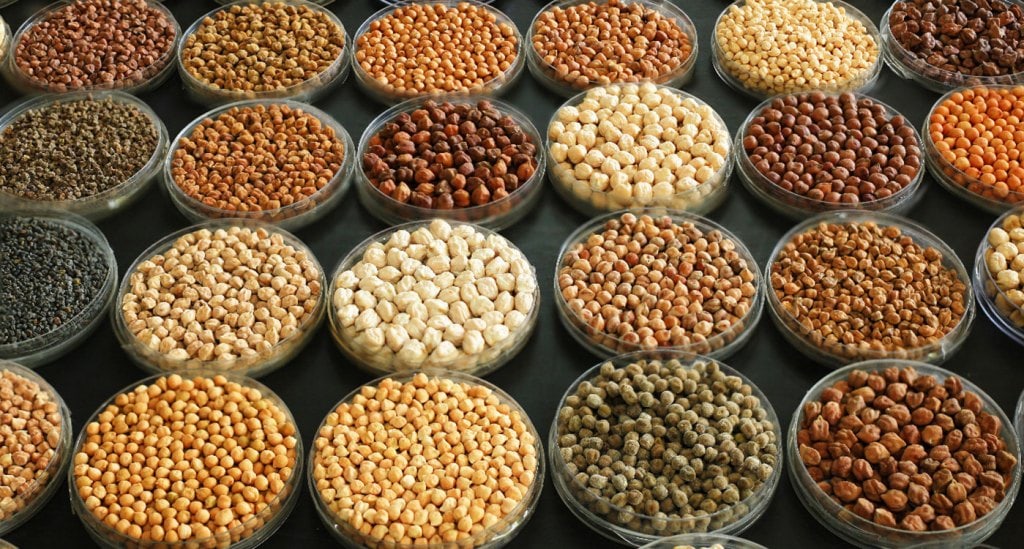Largest plant genome sequencing effort yields a pan-genome for chickpea, sets it up for a breeding revolution
- From
-
Published on
15.11.21

An international team of researchers from 41 organizations has assembled chickpea’s (chana) pan-genome by sequencing the genomes of 3,366 chickpea lines from 60 countries. Led by the ICRISAT, the team identified 29,870 genes that includes 1,582 previously unreported novel genes. The research is the largest effort of its kind for any plant, putting chickpea in a small group of crops with such an extensive genome map.
“By employing whole genome sequencing, we have been able to affirm the history of chickpea’s origin in the Fertile Crescent and identify two paths of diffusion or migration of chickpea to rest of the world. One path indicates diffusion to South Asia and East Africa, and the other suggests diffusion to the Mediterranean region (probably through Turkey) as well as to the Black Sea and Central Asia (up to Afghanistan),” said Prof. Rajeev Varshney, a Research Program Director at ICRISAT and leader of the study that was published on 10 November in Nature.

Chickpea in the field. Photo: ICRISAT
He added, “More importantly, this research provides a complete picture of genetic variation within chickpea and a validated roadmap for using the knowledge and genomic resources to improve the crop.”
Grown in more than 50 countries, chickpea is the world’s third-most cultivated legume. It is indispensable to diets in many nations and an important source of dietary protein, especially in the Global South. ICRISAT led the effort to sequence the first chickpea genome (a Kabuli line) in 2013. This sequence paved the way for developing molecular resources for the crop’s improvement.
